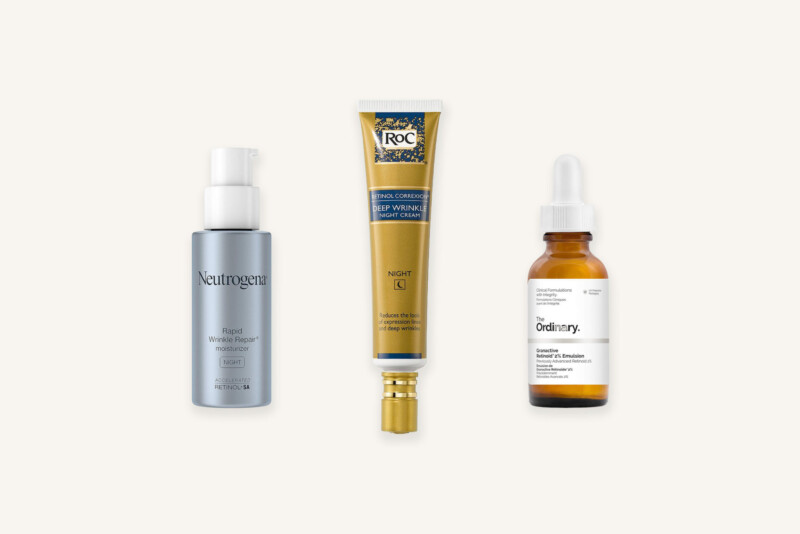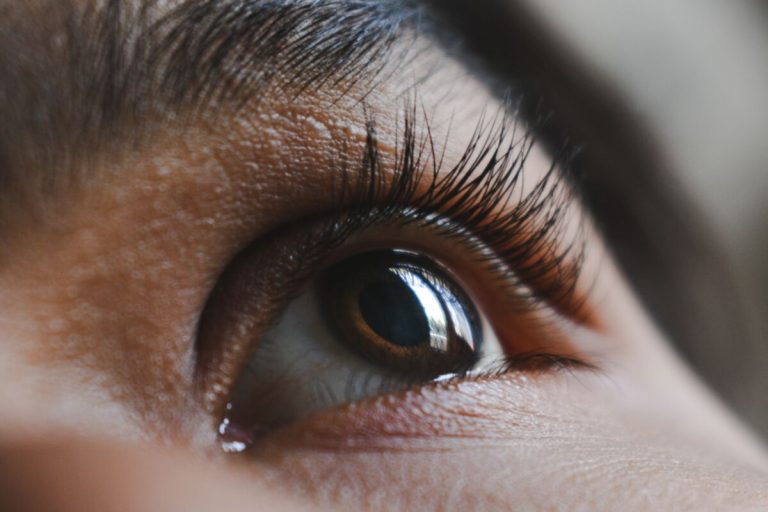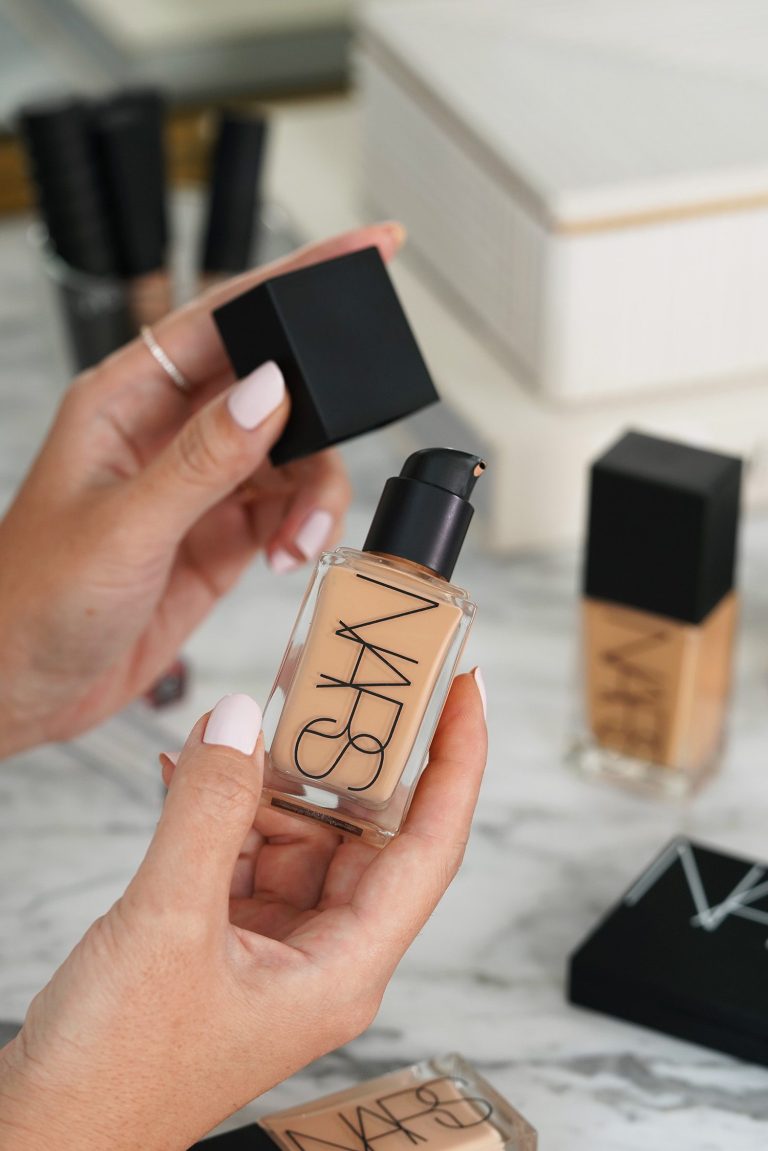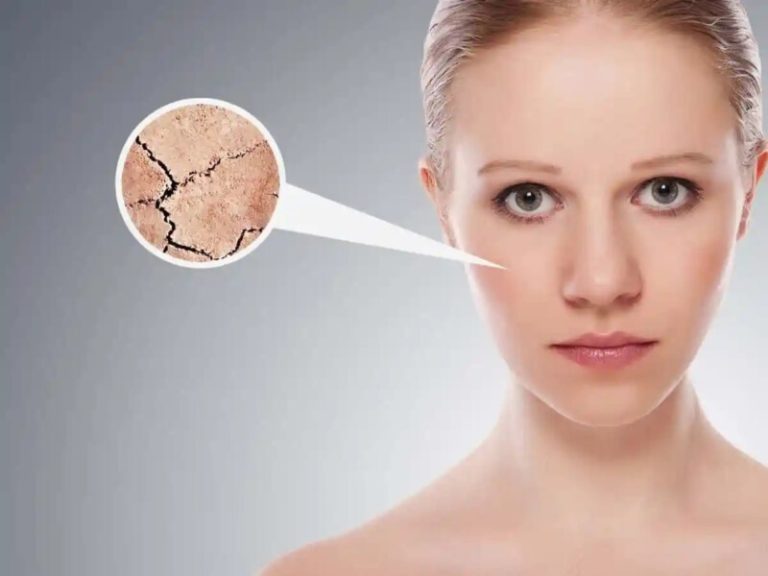What is The Difference Between Retinol And Retinoid?
The skincare aisle can be confusing, especially when it comes to products like retinol and retinoids. As someone passionate about skincare, I often get asked: “What’s the difference between retinol and retinoid?” While the two names sound similar, they actually refer to different but related compounds. Keep reading as I break down the key differences, pros and cons, and proper usage tips for retinol vs retinoids.
What Are Retinols?
Contents

First, let’s start with retinols. Retinols are simply another name for vitamin A derivatives when used in skincare products. Some common forms of retinols in skincare include retinyl palmitate, retinyl acetate, and retinol itself. These compounds are altered forms of retinoic acid, which is the active form of vitamin A.
Retinols provide a wide array of skin benefits. First and foremost, they help enhance skin renewal. By increasing cell turnover, retinols can help smooth fine lines, improve skin texture, fade brown spots, clear acne, and give skin a youthful glow. Retinols also boost collagen production in the skin, which keeps it looking plump and firm.
In addition to these mechanisms, retinols also act as antioxidants. This allows them to address free radical damage and early signs of aging. Overall, retinols are considered a vital ingredient in dermatology, both medically and cosmetically.
What Are Retinoids?

Now let’s move on to retinoids. Retinoids are a larger umbrella category that includes both natural and synthetic vitamin A derivatives. The term retinoid encompasses many different compounds such as retinol, retinaldehyde, retinoic acid, and synthetic versions such as adapalene and tretinoin.
Retinoids come in a variety of forms and concentrations. For instance, you can find retinyl esters, retinaldehydes, and retinols. These compounds also come as topical formulas, oral supplements, or prescription medications.
Much like retinols, retinoids offer a range of skin benefits. They help maintain skin immunity and cellular communication. Retinoids also aid in unclogging pores, reducing inflammation, and regulating cell development on the skin’s surface. That’s why retinoids are so effective for treating various skin conditions.
Dermatologists often prescribe retinoids for issues like pigmentary disorders, cystic acne, psoriasis, and certain types of skin cancer. The strong research behind retinoids has cemented their place in dermatology.
Is Retinol The Same As Retinoid?
Now that we’ve covered the basics, let’s clarify the relationship between these two terms. Retinol is a type of retinoid, but not all retinoids are retinol. Think of it like squares and rectangles. All squares are rectangles, but not all rectangles are squares.
Retinoid is the broad umbrella term for any vitamin A derivative, either natural or synthetic. Retinoids include over-the-counter products with retinol, as well as prescription medications like tretinoin or adapalene.
Before the skin can use them, the majority of retinoids must first transform into retinoic acid. Retinol is one example of an over-the-counter retinoid that gets converted into retinoic acid when applied.
The Key Differences Between Retinol and Retinoids
Now that we’ve clarified the terminology, let’s explore the key differences between retinol and prescription retinoids:
Efficacy on Skin
While both provide skin-improving benefits, prescription retinoids tend to work better for anti-aging and collagen production. That’s because they come in higher concentrations than over-the-counter retinol products.
For example, 0.025% tretinoin is equivalent to about 0.5% retinol. So even low doses of tretinoin pack more punch than store-bought retinol serums. When it comes to wrinkle reduction and anti-aging, retinaldehyde at 1% concentration seems to provide the best results.
Production Modulation
Retinol has to be converted into retinoic acid within our skin cells. Meanwhile, prescription retinoids like tretinoin already exist as retinoic acid, so they can get to work right away. This allows retinoids to more directly modulate a wider range of processes within the skin.
Availability
One of the biggest differences between these ingredients is availability. Retinol products can be purchased over the counter in drugstores, department stores, or online. Retinoids like tretinoin or adapalene require a prescription from a dermatologist.
Price
Speaking of availability, there’s also a significant price difference between retinol and prescription retinoids. Retinol creams, serums, and oils typically range anywhere from $10 to $100 depending on the brand, size, and concentration. Meanwhile, retinoids cost significantly more, from $200 to $500 for a standard supply.
Uses
While there is some overlap, retinol and retinoids are primarily used to treat different skin concerns. Retinol is predominantly used for anti-aging purposes like reducing wrinkles, smoothing skin texture, fading dark spots, and ramping up collagen.
Prescription retinoids are more commonly used to treat medical conditions like acne, psoriasis, and keratosis pilaris. That said, prescription retinoids do provide excellent anti-aging abilities as well.
Who Should Use Each?
When it comes to deciding between retinol vs retinoids, consider your skin’s needs and sensitivities. Retinol is suitable for most skin types, though you still need to introduce it slowly to avoid redness and peeling.
However, pregnant women and those with eczema or rosacea should avoid retinoids altogether due to their potency. Always consult your dermatologist if you are unsure whether retinol or retinoids are right for your skin.
How to Use Retinoids Properly
Using retinoids takes some patience and care. Here are some tips to use them safely and effectively:
Start Slowly
When first using retinoids, begin with the lowest effective concentration. For instance, start with a 0.01% tretinoin cream and gradually work your way up to higher percentages like 0.025% over time. This helps your skin cells acclimate and avoids irritation.
Strategic Application
Always apply retinoids at night on clean, dry skin. Using them during daytime under UV exposure can lead to sensitivity. Focus application on the face, neck, chest, and hands, avoiding sensitive areas near eyes, nostrils, and lips.
Cautious Combinations
Take care when combining retinoids with other harsh actives like AHAs or benzoyl peroxide, as this can amplify irritation. Always check with your dermatologist about using retinoids with any other products in your skincare routine.
Doctor Knows Best
Consult with a board certified dermatologist to determine whether prescription retinoids are suitable for your skin type and condition. Never try to obtain them without a prescription, as using them incorrectly can do more harm than good.
Can You Use Retinol and Retinoids Together?
When a dermatologist prescribes a retinoid cream, this is a common question from those who use cosmetic retinol products. The answer is yes; it is possible to use both a non-prescription retinol and a prescription retinoid. However, it’s crucial to be cautious with this approach.
Using too many retinol products at once can definitely lead to irritation, redness, peeling, and sensitivity. That’s why it’s smart to use just one retinoid product per routine, and build up tolerance slowly over time. Discuss your current skincare regimen with your dermatologist to determine appropriate usage and combinations.
The Takeaway
Understanding the nuances between retinol vs retinoids is key for making the best choice for your individual skin needs and concerns. Retinol offers excellent skin renewal, collagen boosting, and anti-aging abilities in an accessible over-the-counter formula.
Meanwhile, prescription retinoids provide medical-grade treatment for issues like acne, psoriasis, and premature aging. Just be sure to start slowly, wear sunscreen religiously, and consult a dermatologist for personalized usage guidance.
Whichever retinoid you choose, remember to be patient and kind with your skin throughout the adjustment period. Happy, healthy skin awaits with the right retinoid regimen!

Founded by Sophia Rodriguez, IGXO Cosmetics is a PETA-certified, cruelty-free, and vegan makeup brand.





